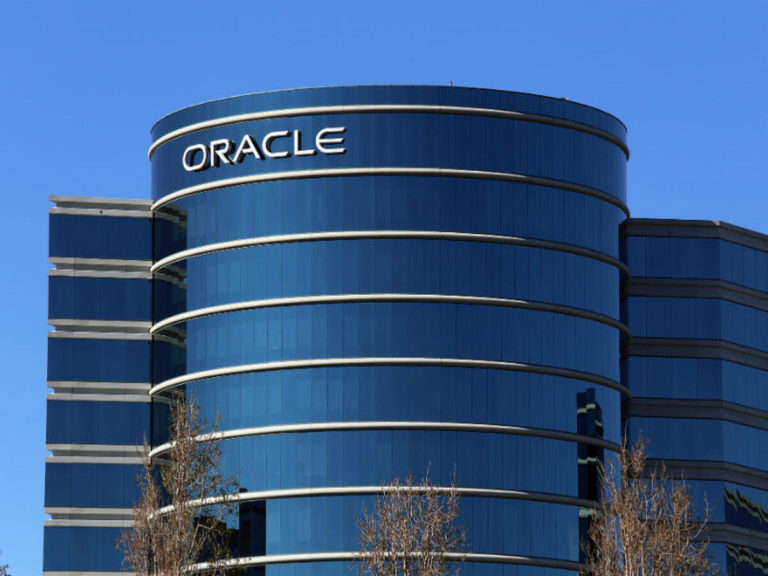Taking control of your cloud: How to stop the weakening Rand from negatively affecting your technology strategy

The depreciation of the Rand against the US Dollar reached its highest point of the year in early November, at R18.41 to the Dollar.
According to a recent Moneyweb piece, this can be attributed to a number of reasons, with interest hikes in the US and the promise of higher yields causing investors to move away from emerging markets, while the Russian war in Ukraine, lockdowns in China and more, continue to fuel an inflation that had already started in 2021 as economies recovered from the pandemic.
The weakening Rand brings with it a host of knock-on effects, from inflation increases to a more negative general sentiment within the country, explains Jaap Scholten, Head: Group Hybrid IT Strategy at Datacentrix, a hybrid IT systems integrator and managed services provider.
“It also has a direct impact on the technology sector, in particular the cloud consumption of local businesses, with many organisations hosting workloads with hyperscalers now finding themselves roughly 20 percent over budget year on year.
“Add to this the ever-growing volume of data being created today, and you’re left with companies that desperately need to find another solution to balance the management of the increasing data and technology budgets.”
According to Scholten, should a business find itself in this position, it’s time to reconsider your cloud setup and strategy.
“One consideration for organisations is whether to switch solution providers, preferably to a local partner that fixes costs in Rand, as this circumvents the fluctuating exchange rate challenges. It is also important to find a provider with no data egress costs. As much as feeding data into the cloud (data ingress) is effectively free, it can become costly to get it out again (egress), particularly when it comes to paying for it in Dollars. Workloads with a high transaction rate of data in and out, such as databases, suffer the most in terms of data egress costs.
“Another important advantage of local hosting is the fact that data sovereignty is ensured, meaning that compliance with local data privacy and security regulations will also be in place.”
These challenges can easily be overcome with the hybrid cloud model from Datacentrix, which is hosted in Teraco’s highly available environment and powered by the Hewlett Packard Enterprise (HPE) GreenLake edge-to-cloud platform.
This Africa-first cloud offering delivers an ‘as-a-service’ experience that provides a base load combined with on-demand capacity, providing the agility and economics of public cloud with the security and performance of on-premises IT.
The discussion around consumption-based IT and its ability to offer flexibility and scalability associated with cloud while maintaining on-premises autonomy over an organisation’s data is not new, states Scholten, nor is the narrative around the cost benefits of pay-per-use economics that eliminate investment in excess compute, storage or networking capacity.
“However, it is worth unpacking the total economic impact of our hybrid cloud solution to get a better picture of the holistic cost benefits that it delivers to the modern enterprise,” he continues.
“With Datacentrix, you effectively pay for a baseload set at a certain threshold, plus whatever you consume over and above that baseload, on a varying basis. The financial commitment is thus made on the baseload, with calculable costs as you scale up, which makes for a predictable financial outlay if you need more capacity for your baseload.
“Importantly, our pricing is fixed in South African Rand at the beginning of the term, anywhere between one and three years, and even scale-out options during the hosting contract will still be quoted at the same unit price. This ultimately adds more stability and predictability to your financial commitment, while also negating the often expensive egress costs,” he adds.
“There are various intangible factors that should be considered too. For instance, if you work with a reputable systems integrator, you could gain high availability across multiple data centres, which effectively means no downtime. In addition, if the deployment is in the right data centre, you also gain significantly from connectivity savings – a cable into the African Cloud Exchange will give you a gigabit per second or faster connectivity for the cost of a cross-connect cable.
“We also believe our customers can expect to see a significant drop in historic total cost of ownership (TCO). With traditional IT infrastructure, there are issues pertaining to growth and capacity planning where those nasty financial surprises usually slip in. For instance, there may be no compatible hardware available when wanting to upgrade, or a lack of integration between disparate infrastructure, or even significant price hikes on new generation equipment. Datacentrix’s cloud model eliminates these problems and provides their customers with a clear financial path forward.
“Lastly, it is worth mentioning that, with Datacentrix, you do not need highly skilled staff members to keep your systems running. Should you already have these skills in place, they can be applied to rather optimise your deployments, instead of having them look after hardware, storage and networking stability,” he concludes. “Essentially then, not only can this reduce maintenance cost, but also accelerate improvements and transformation.”







